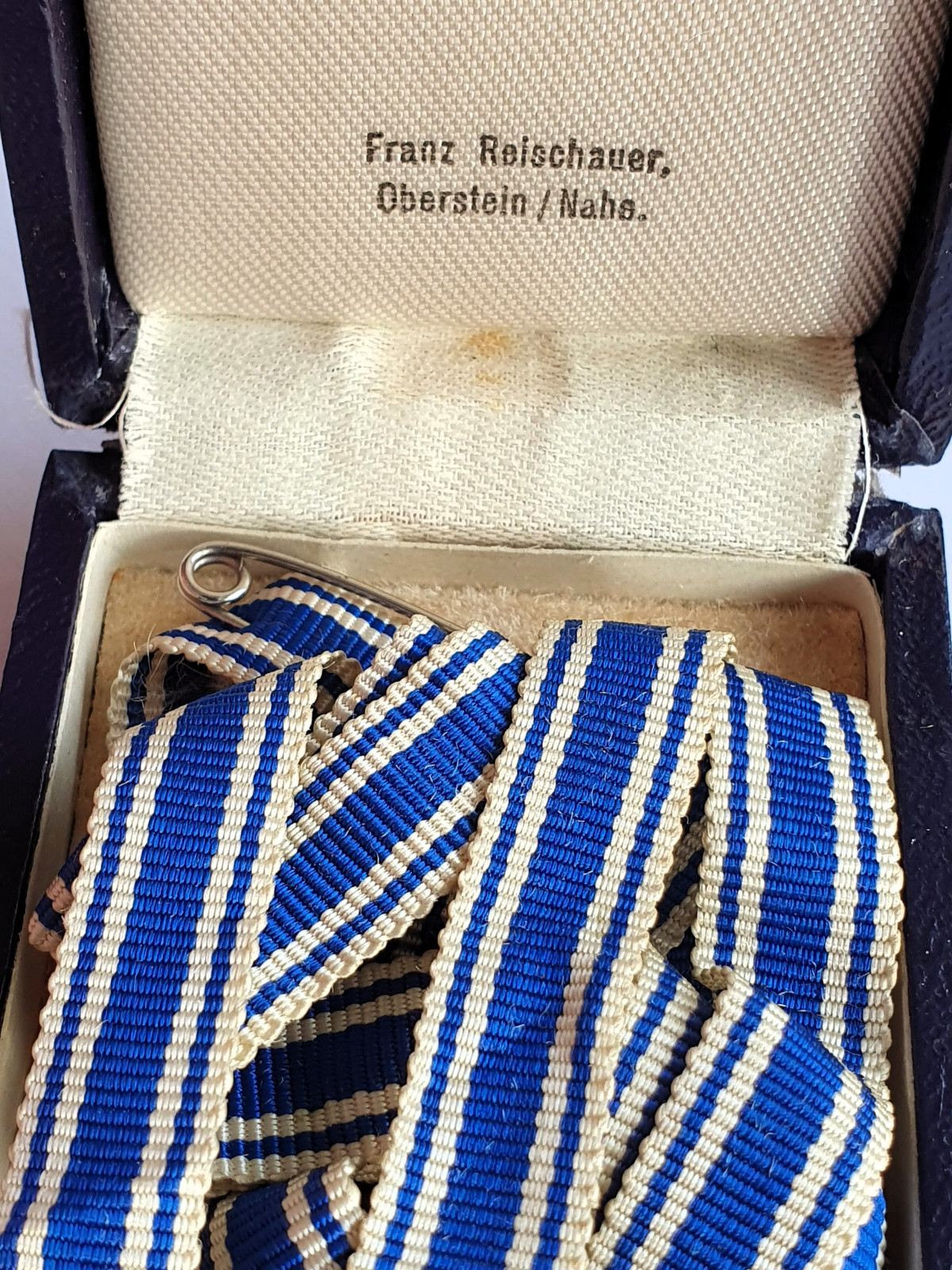안경선글라스 분류
Expert Tips on Combining Colors in Your Wardrobe
작성자 정보
- Viola Jewett 작성
- 작성일
본문
 Designing an outfit with balanced color harmony demands a solid understanding of the basics of color. Here, we explore the key strategies for color coordination to refine your outfit choices.
Designing an outfit with balanced color harmony demands a solid understanding of the basics of color. Here, we explore the key strategies for color coordination to refine your outfit choices.The Fundamentals of Color Theory
The principles of color theory serves as a system for matching colors effectively. It consists of how colors work together, their effect on outfit aesthetics.
Exploring the Color Wheel and Its Significance
Color WW2 Polish Officer POW Photograph - Sarmatia Antiques (intensedebate.com) wheels is important in matching colors. It offers a graphical illustration of the spectrum of colors, enabling the combination of colors that enhance each other.
Complementary Color Pairings
Colors that are opposite on the color wheel result in a vibrant contrast when paired together. Such as, yellow and purple make a striking duo. Integrating complementary colors can create visual interest.
4. Analogous Colors
Similar colors create a softer harmony compared to complementary colors. These colors are purple, purple-blue, and blue, such as. Incorporating analogous colors produces a harmonious and pleasing look.
The Use of Triadic Colors
Triadic pairings involve selecting three colors that are evenly spaced. Like is magenta, lime, and turquoise. This scheme offers a lively and coordinated ensemble.
Monochromatic Color Schemes
Monochrome looks are referred to as chic and sophisticated. They consist of mixing different intensities of one color. An example is, a navy blue suit with light blue accessories. This strategy achieves a seamless and stylish ensemble.
Incorporating Neutrals for Balance
Neutral tones like black, white, gray, tan, and navy operate as the perfect base for statement colors. They give stability and cohesion in your looks. For example, pairing a bright red top with a neutral black skirt. These neutral shades allow eye-catching tones to emerge while upholding a unified ensemble.
Adding Accent Colors for Interest
Accent palettes are referred to as popping colors. They inject a dash of character to your outfits. To use accent colors effectively, select one or two colors that contrast with your main palette. Like, adding a bright scarf to a neutral outfit.
9. Seasonal Color Palettes
The changing seasons offer distinct color schemes. Adapting your color combinations to match the season can upgrade your outfits. With the onset of spring, soft pastels like pink, lavender, and mint green are suitable. With summer in full swing, vivid and energetic hues such as orange, aqua, and hot pink dominate. For fall, earthy colors such as rust, gold, and forest green are trending. As winter arrives, cool tones such as ice blue, silver, and emerald green are preferred.
10. Tips for Combining Colors Successfully
Color pairing can be effortless with these practical advice:
Choose a Primary Color: Select your main color that functions as the central piece.
Implement the 60-30-10 Approach: Allocate 60% of your outfit to one color, 30% to another, and 10% to an accent color.
Use Neutral Colors: Complement vibrant hues with neutral tones to ensure unity.
Play with Different Textures: Blending multiple textures can add depth to your outfits.
Align Colors with the Occasion: Pick shades that match the occasion.
Mistakes When Combining Colors
Despite understanding color principles, mistakes can still happen when mixing colors. Here’s what to avoid:
Overusing Bright Colors: Overusing vivid colors can create a jarring effect.
Ignoring Neutrals: Failing to incorporate neutral colors can make your outfit look unbalanced.
Combining Contrasting Colors Poorly: Pairing hues that clash on the color wheel.
Imitating Trends Without Personalization: Following color trends that don’t align with your style.
Imbalanced Color Distribution: Imbalanced use of colors can disrupt the outfit's harmony.
Wrapping Up
Mastering color combinations can transform your style. By familiarizing yourself with color theory, making use of the color wheel, and executing intentional color combinations, you can craft looks that are consistent and elegant. Stay open to new color ideas, rely on your style judgment, and embrace the joy of mixing colors.
Using these guidelines and a thorough grasp of color dynamics, you can upgrade your wardrobe and project your personal style confidently.
관련자료
-
이전작성일 2024.12.09 05:38
-
다음
댓글 0
등록된 댓글이 없습니다.
